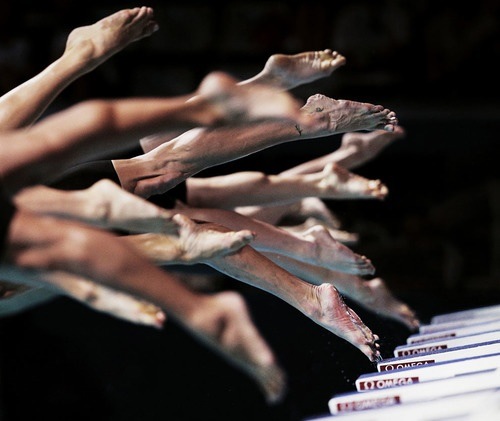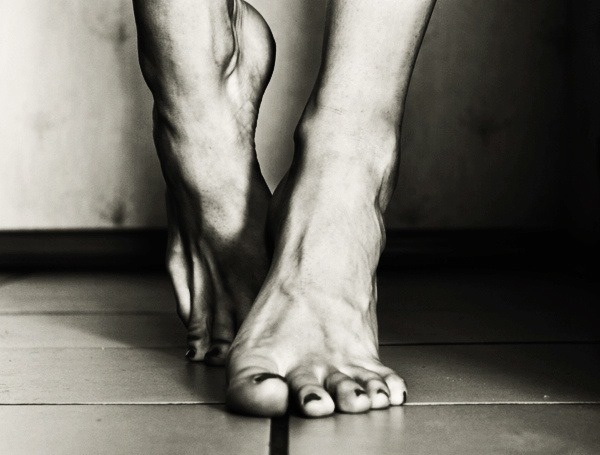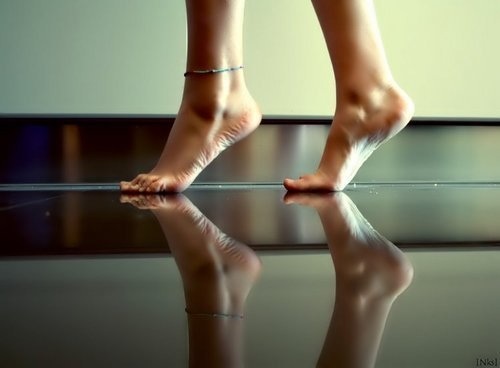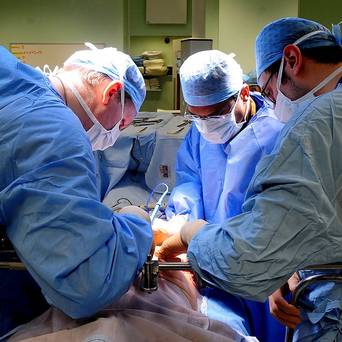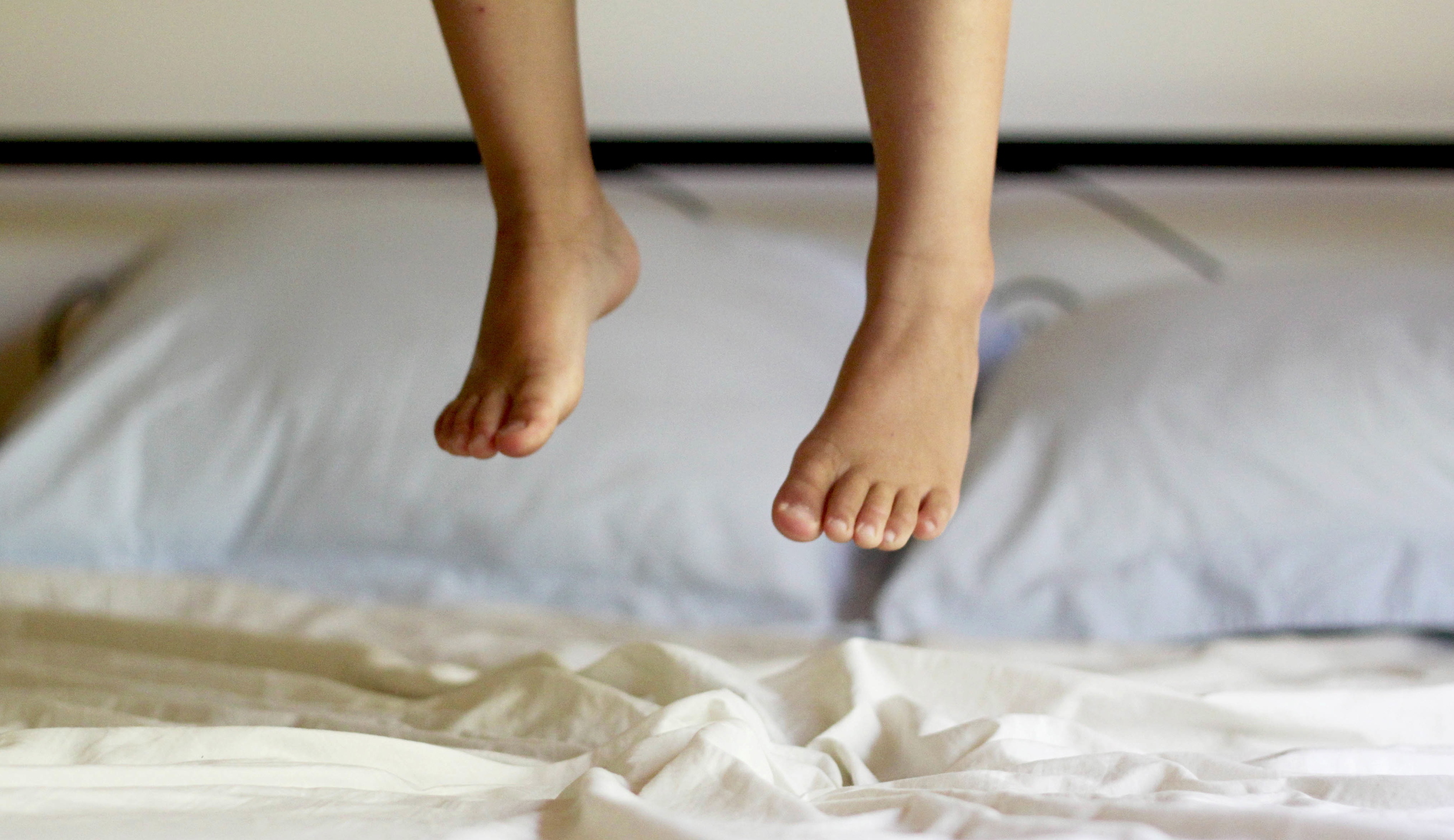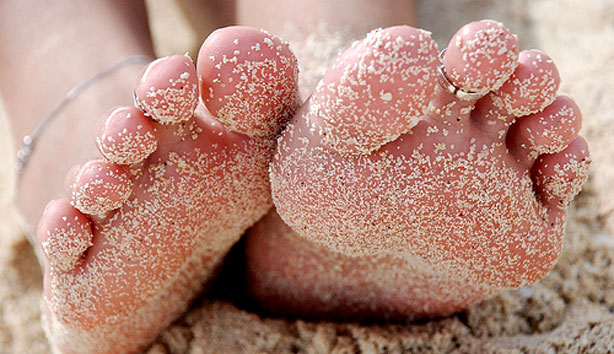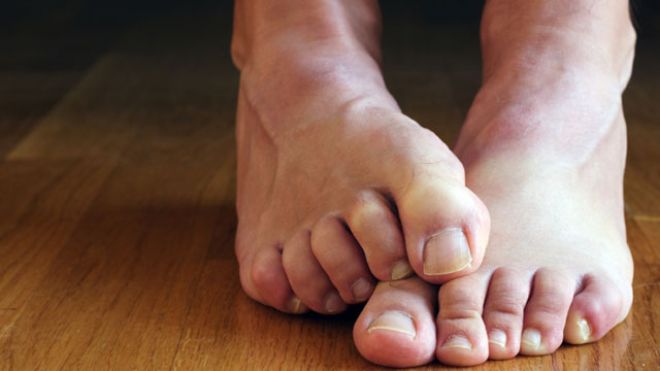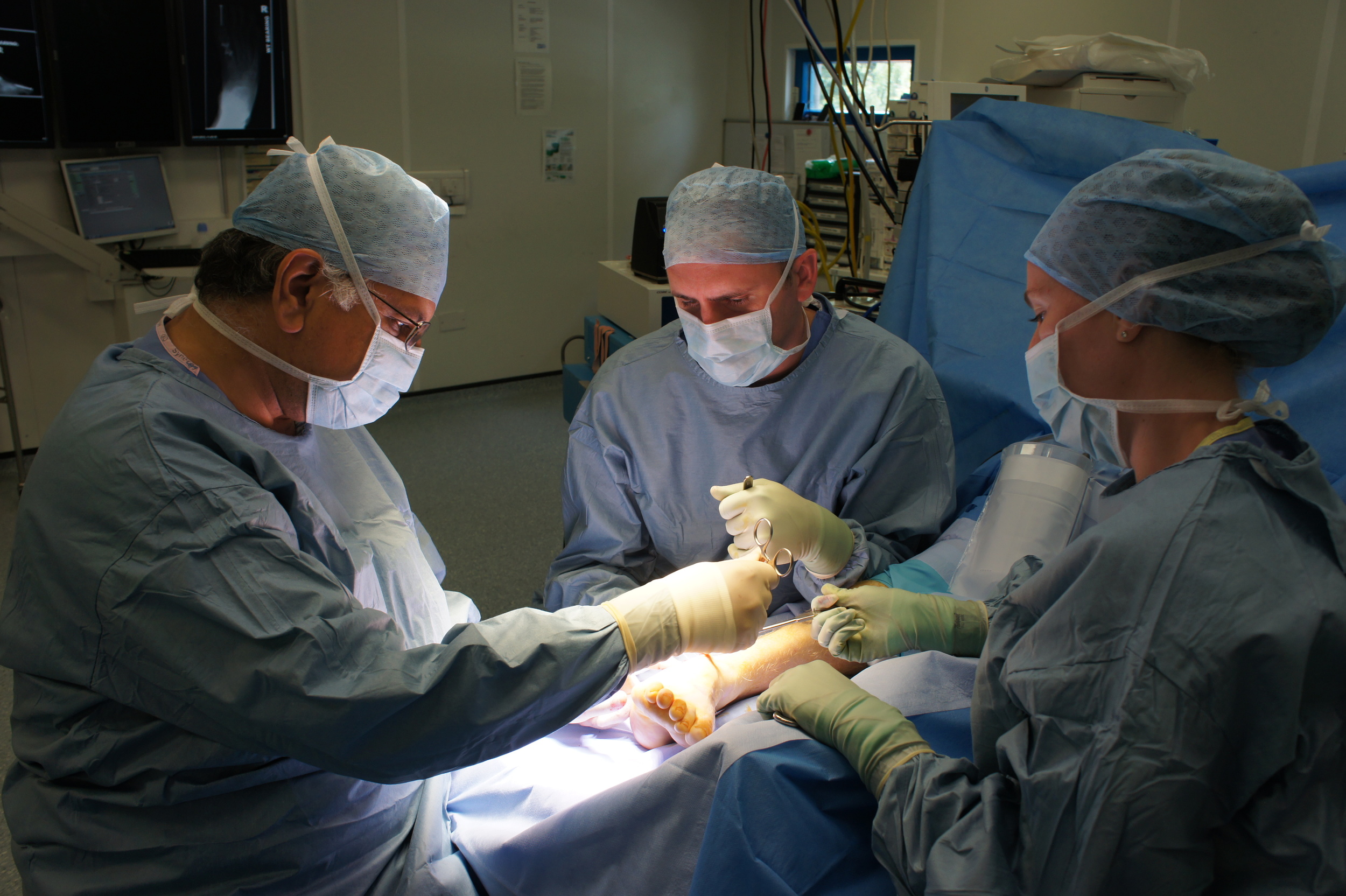What is flat foot?
The structure of the normal foot includes a heel that lies in-line with the axis of the leg and an arch along its inside border. The height of the arch varies greatly between individuals. This is what gives the foot print of a heel and then a gap behind the toes when walking along a sandy beach.
Small children do not have an arch: it develops between the ages of 3 and 10. The terms flat feet or "fallen arches" can be greatly misleading because, within limits, both flat or high arched can often be considered normal in many individuals. In other words, flat feet may be perfectly normal for you!
Most adults with flat feet tend to have flexible flat feet where the foot tends to roll in or 'over-pronate". - this is usually normal, and helps the foot absorb and spread out forces passing through it. Flat feet that are not flexible, painful or becoming more deformed should be investigated further.
What are the causes of flat foot?
You will notice that the arches of a toddlers’ feet are completely flat, this is normal! The arches begin to develop from 3 years of age and continue right up to puberty. Some people never develop a proper arch, this may run in the family. However if your foot is flat and flexible it is very likely to represent part of the normal range in the spectrum of foot shapes.
Very occasionally the bones in the foot may not develop properly and two or more bones remain tethered or fused together which results in a stiff flat foot’. This may not be evident early on but tends to present from puberty often as excercise related pain stiffness or ansymmetrical appearence of the feet. This condition is called ‘tarsal coalition’ , and might require surgery to remove the abnormal tethering or to formally fuse the affected bones together.click here for link to tarsal coalition.
Adult acquired flat foot is more common, this type of flat foot is characterised by a change in the shape of the foot, which becomes flatter and the heel turns outwards. Whereas in a normal flat foot if one stands on tip-toes, the foot forms an arch as the heel swings inwards, in an adult acquired flat foot the arch doesn’t reconstitute and the heel does not turn inwards, it also becomes very difficult for one to stand on the tiptoes of one foot. Adult acquired flat foot is usually caused by a failure of a very important tendon called the ‘tibialis posterior tendon’, best described as the ‘Guy-rope’ of the arch, which has stretched out like fatigued elastic click here to tibialis posterior tendinosis link. Failure of the Tibialis Posterior Tendon is often preceded by pain and swelling of the inside of the ankle usually with no obvious cause.
Do I or my child need treatment for flat feet
Children rarely need any treatment for flexible flat feet. Years ago, many were treated with shoe inserts and exercises. This is usually not necessary as flat feet do not usually cause problems with later life. It is possible to join the army with flat feet! If there is an abnormal shoe-wear pattern or pain then children should be assessed to see is inserts (orthoses) should be considered.
Children with stiff flat feet should be referred to a specialist as surgery may be required to separate or stabilise fused bones.
In early cases of of Tibialis Posterior tendon failure, symptoms may be well controlled with orthoses and physiotherapy, in more advanced cases an operation may be required to correct the deformity from progressing. This may involve an operation on the heel bone (calcaneal osteotomy) and transfer of a tendon to reinforce the weak tibialis tendon. (Click here for downloadable PDF information sheet on tibialis posterior tendinosis)
severe and long-standing deformities can result in arthritis of the joints around the hindfoot. In these cases a fusion of the hindfoot bones (eg triple fusion) maybe required. This surgery aims to leave the foot pain-free by stabilising the foot and heel joints. click here for information on triple arthrodesis period.
Be sociable..share!






